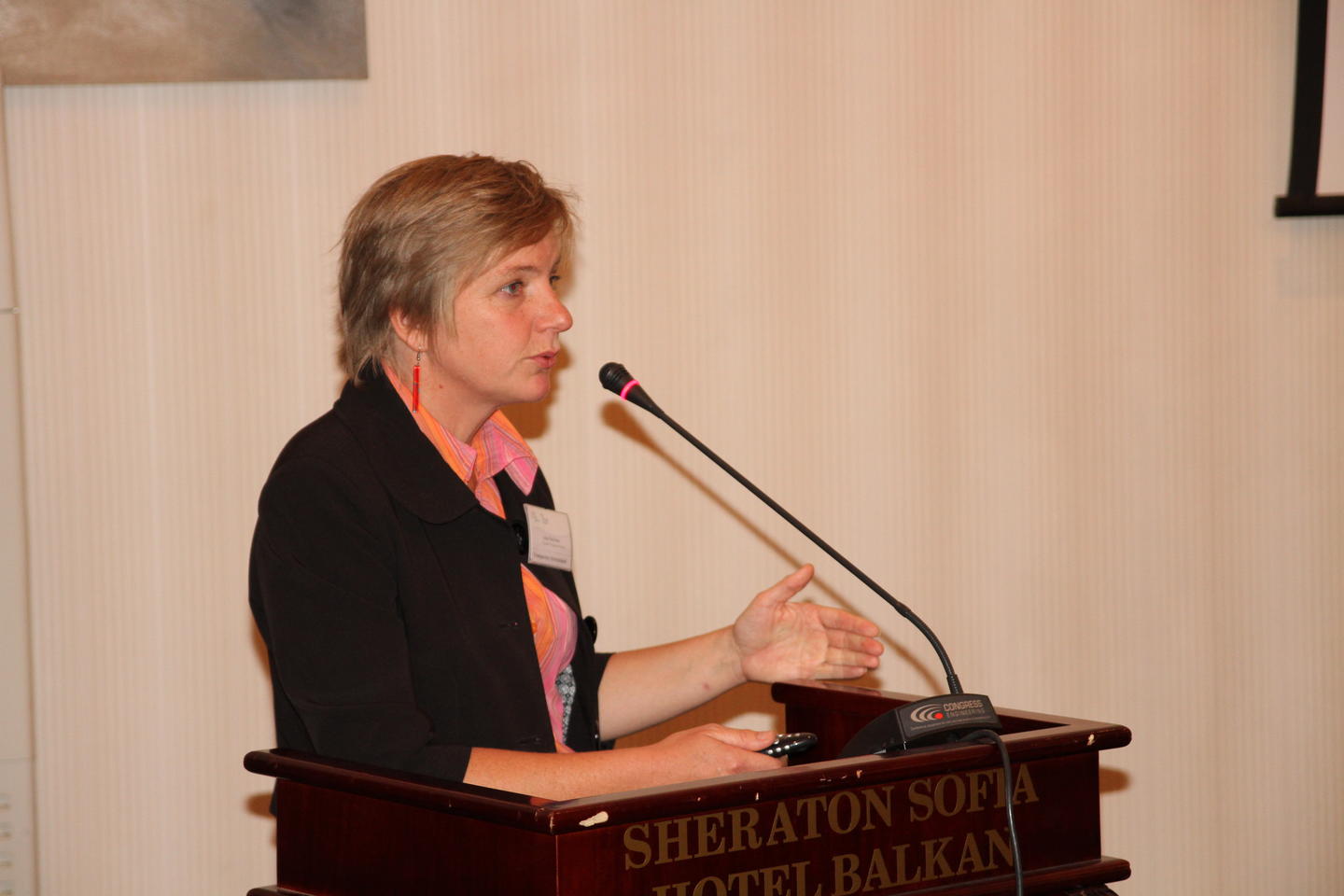In the current challenging climate, it is more important than ever to maximise results and the effectiveness of public funding. It is crucial to strike the right balance between the willingness to take risks and the need to ensure control. This is also the case when it comes to the EEA and Norway Grants.
Before the summer, Iceland, Liechtenstein and Norway adopted a new Risk Management Strategy, based partially on the results from cooperation with international consultancy firm Ernst&Young. The strategy emphasises the need for more efficient risk management in order to produce better results. Measures designed to counter corruption are only one part of this picture. All bodies involved in the implementation of the EEA and Norway Grants bear responsibility for efficient risk management: the donor states (Iceland, Liechtenstein, Norway), the Financial Mechanism Office (Secretariat of the Grants), the 15 beneficiary countries, programme operators and project promoters.
Fact sheet: Risk management in the EEA and Norway Grants
Today, the strategy was presented to representatives from the beneficiary countries at a seminar on risk management and good governance in Sofia. More than 30 participants from the National Focal Points, responsible for the implementation of the grant schemes in each country, took part. This has become an annual event, following previous meetings organised in Berlin and Prague.
Partnership with Transparency International
Transparency International (TI) - a global civil society organisation that promotes transparency and fights corruption - is an important contributor to the work on risk management. During the seminar, TI presented a recently developed tool to assess corruption risks in the more than 140 programmes to be implemented. The tool has been developed specifically for the EEA and Norway Grants as part of a strategic partnership agreement.
“We appreciate that our experience and knowledge on anti-corruption work and risk management can contribute to a more efficient implementation of programmes and projects under the EEA and Norway Grants,” said Anja Osterhaus, Regional Programme Manager for Europe and Central Asia in TI (pictured).
The donor countries see this work as an ongoing learning process where tools and guidance will be adjusted along the way. The beneficiary countries are requested to propose adjustments that can make risk management simpler and more efficient.
Efficient implementation of the Grants entails not only the mapping of risks that may threaten the achievement of objectives, but also taking steps to address such risks. The National Focal Points play a particularly important role when it comes to assessing risks, addressing them and reporting back to the donors.
Reporting on mismanagement of funds
To date, there have been very few cases of fraud and corruption in the implementation of EEA and Norway Grants. A quarterly report on irregularities is published on the main website for the Grants.
Photo credit: Norwegian Ministry of Foreign Affairs
